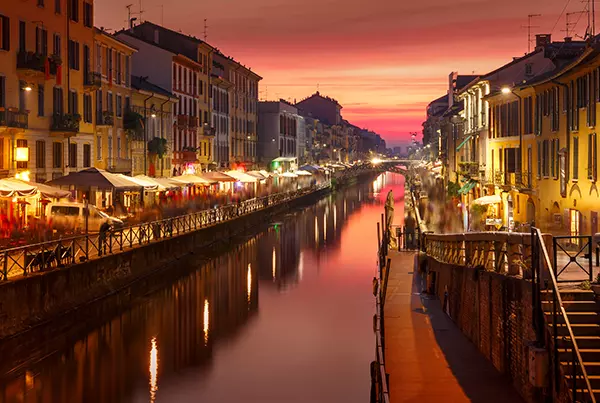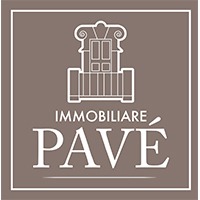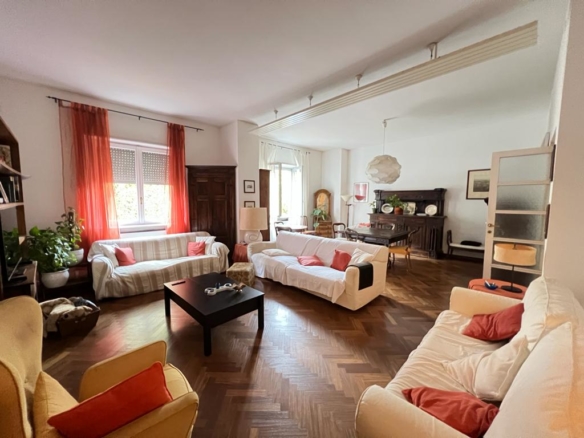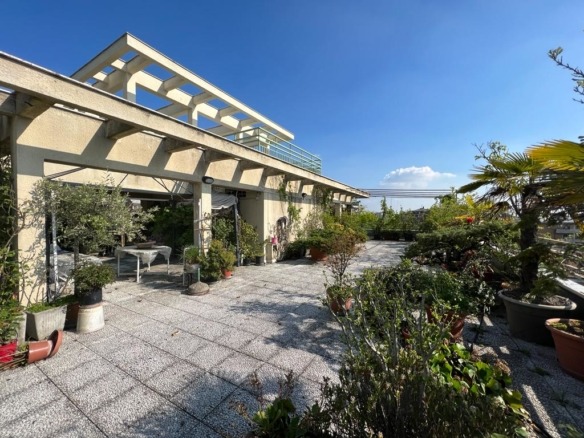Navigli
The past and the Ticinello
It is uncertain who delegated the construction of the first large artificial tributary connecting Milan to the Ticino River, what is certain is that we are in 1179 and the canal baptized the “Ticinello” (later renamed Naviglio Grande), was built to supply the water needed by the population of Milan and to irrigate agricultural fields. The works were completed at the end of the 13th century, later around the middle of the 15th century, the Ticinello was no longer sufficient and Milan, already an important commercial link in Italy, had to work out and devise an even more effective system that would allow the constant development in the time of the important needs of the city, to favor the exchange of goods which over the years became more and more numerous. By the intention of the Sforza who ruled the city and the commitment of well-known architects and engineers, the Navigli were born; a system of several kilometers of artificial canals articulated through the city streets and perfected by Leonardo da Vinci at the end of the 1500s. It took another two centuries of work and improvements, where even Napoleon’s will intervened in 1805 to finish the construction of the Naviglio Pavese, but the purpose was achieved and Milan became an avant-garde city and very coveted for the commercial exchanges of the time. . At the end of the seventeenth century the hydrographic maps of the city of those times designate a fluvial complex of many navigable canals which were connected to the five great rivers adjacent to the city: Adda, Ticino, Olona, Lambro, Seveso; Furthermore, the port of the Darsena, still existing but no longer active, was considered the nerve center of the entire river water network. From the second half of the 19th century, with the construction of new roads and railways and with the advent of automobiles that replaced river trade with land, the navigli especially that of the Martesana gradually became superfluous; furthermore, a further problem was subsequently defined: with the growing increase of factories that with their waste significantly polluted the canals, it became necessary as soon as possible to revise the urban planning of many districts and so it was decided to decommission and cover most of the canals and restoration work began in 1929.

The Present and the “History that Was“
The most historic and evocative places in this district are the banks of the Naviglio Grande and Pavese, the Vicolo dei Lavandai and the Darsena. Here it is possible to breathe the “History that Was” and stroll through the streets imagining how it could be when it was the favorite place of residence or stroll of illustrious characters of the past (Alessandro Manzoni, Leonardo Da Vinci, Aurelio Ambrogio, Giuseppe Verdi, Cesare Beccaria, Tommaso Marinetti, Indro Montanelli …). Initially it was a popular area but over time the good Milanese bourgeoisie and many wealthy foreigners, precisely due to the architectural conformity and the magical suggestion that this area arouses, chose it more and more as a place of residence so that in 2000 the first works of redevelopment which ended in 2015 on the occasion of the EXPO, a large part of the area was also made pedestrian. The district is and has been the scene of important cultural events and since 1982 the Antiques Market is still held on the last Sunday of each month, a characteristic fair of the sector and known throughout Italy that winds for two kilometers up to the middle of the Naviglio Great. The main streets and the side streets still retain the historic charm of Milan and for the district one often comes across small craft shops and artists’ shops; in the evening the same places are transformed into a riot of lights and colors as well as characteristic restaurants of Old Milan, where it is easy to imagine sitting and thinking, historical characters who in past years found refreshment and inspiration here. Even today it is possible to navigate the Navigli with guided tours and admire their beauty comfortably seated on historic barges.

Evolution and the Cerchia dei Navigli
In a few years the works for the closure of the canals ended, the dock last resisted, which until its termination was an important commercial port, in the 1950s it was in 13th place in Italy as the most important port for receiving goods; the last trip for commercial purposes was on March 30, 1979. The coverage of the canals throughout Milan gave rise to the creation of important streets called the “Cerchia dei Navigli”, an area much larger than its homonymous neighborhood. The “Circle” that extends and closes in a ring, starts and ends at the Castello Sforzesco passing on the borders of the Brera district in Via Senato, Porta Monforte, Guastalla, Basilica of Sant’Eustorgio, Basilica of Sant’Ambrogio. To date, in addition to the Naviglio Martesana to the east of the city, the Naviglio Pavese and the Naviglio Grande persist, the latter giving the real name to the Navigli District, also defined by the Milanese as the “Venice of Lombardy” and a highly sought-after residential district. from Milan.

Click on the placeholders ![]() on the map, to see the corresponding residence in the Navigli neighborhood.
on the map, to see the corresponding residence in the Navigli neighborhood.
Search for a residence, entering one or more parameters that are priority for you
Residences at the Navigli
Via Conca del Naviglio
- €1.450.000
- Letti: 5
- 195 m²
Navigli neighborhood Ad.
- €1.370.000
- Letti: 6
- 260 m²
Entrust your property to experienced professionals
Selling real estate can be a long process. Reduce your selling time by relying on our experience.



